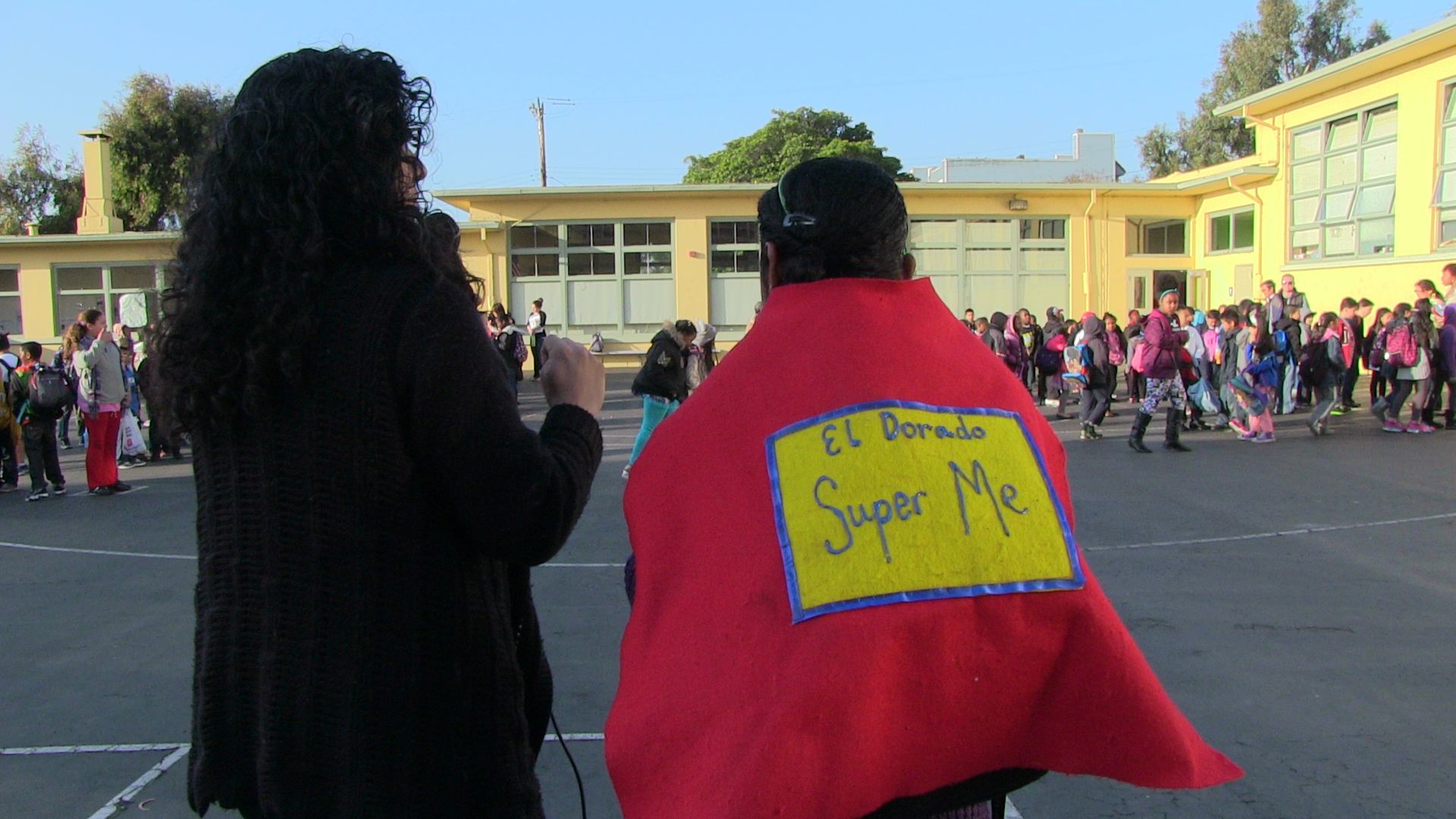____________________________
For one young student – let’s call him Martin -- the 2012-2013 school year at El Dorado Elementary in the Visitacion Valley neighborhood of San Francisco was a tough one, recalls Joyce Dorado, director of UCSF HEARTS -- Healthy Environments and Response to Trauma in Schools.
"He was hurting himself in the classroom, kicking the teacher, just blowing out of class many times a week.” There was good reason. The five-year-old was exposed to chronic violence and suffered traumatic losses. His explosions were normal reactions to events that overwhelmed him.
This year, Martin’s doing better. That’s because he spent months working with a HEARTS therapist, and that therapist worked with his teachers and other school staff to create a more safe and supportive learning environment. Still, on days when he feels extremely anxious, Martin sometimes asks to visit the school's Wellness Center, a small, bright room stocked with comforting places to sit, headphones to listen to music, and soft and squishy toys.
"If a student starts to lose it, the teacher can give the kid a pass to go to the Wellness Center," says Dorado. "The kid signs in, circles emotions on a 'feelings' chart (to help the person who staffs the center understand how to help the child). The staff member starts a timer. The kid gets five to 10 minutes. The kid can sit on the couch with a blanket, listen to music, squeeze rubber balls to relieve tension and anger, or talk to the staff member. Kids who use the room calm down so that they can go back to class. It’s not a punishment room. It’s not a time-out room. It’s not an in-school suspension room. It’s a room where you feel better going out than when you went in."
One day this year, as school staff members are meeting in the Wellness Center, Martin bursts in. "I need to borrow something," he tells them. "Somebody needs my help."

They are stunned. He has had such a difficult time learning to manage his own feelings, that they’re shocked that he’s helping another child work through her distress. You go right ahead, they tell him. Martin picks up a couple of squeeze balls and takes them to a girl on the playground who's crying. He shows her how to use them. Then he brings her to the Wellness Center and helps her use some of the other tools. Seeing that she's in a safe place and in safe hands, he says, "I'm going back to class now."
"Obviously," says Dorado, a psychologist who's also an associate clinical professor in the University of California San Francisco Department of Psychiatry, Child and Adolescent Services, "we're going to work with him to build that strength."
______________________________
In most schools in the U.S., it’s likely that Martin would have been suspended, expelled, or shunted into special education classes. In fact, during the 2010-2011 school year 150,349 out of 3,042,670 – nearly five percent -- of elementary school students were suspended or expelled in California.
Instead, because El Dorado Elementary has integrated HEARTS, Martin’s life is on a completely different trajectory than it was a year ago.
So are the lives of many of its other 275 students. The numbers tell the story: In 2008-2009, the year before HEARTS was introduced at El Dorado, there were 674 referrals – students sent to the principal’s office for fighting, yelling, or some other inappropriate behavior.
During the last school year – 2012-2013, there was a 74% drop, to only 175. This year, only 50 referrals have occurred.
There were 80 suspensions in 2008-2009. And although suspensions increased for four years to 150 in 2011-2012, last year they dropped 89%, to only 17. So far this year, only three students have been suspended.
As El Dorado Elementary School Principal Silvia Cordero thought when she first heard about trauma-informed practices: "Why don't all schools have this?"
For the rest of the story, please go to: San Francisco's El Dorado Elementary uses trauma-informed & restorative practices; suspensions drop 89% on ACEsTooHigh.





Comments (0)